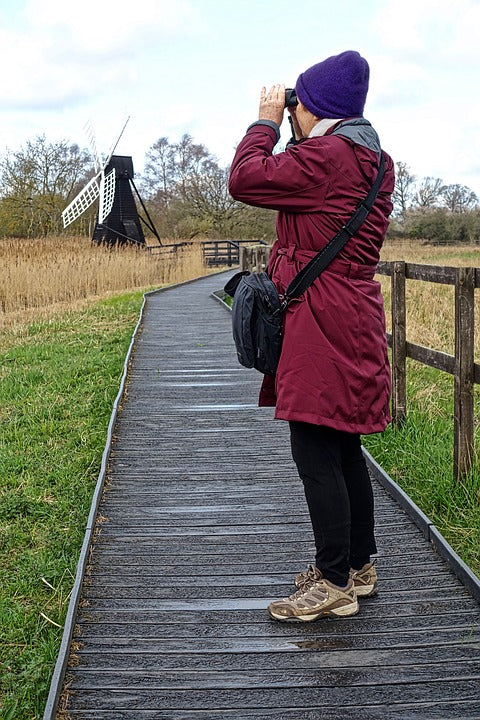Offer
Provide additional details about the offer you're running.
Provide additional details about the offer you're running.
Provide additional details about the offer you're running.

Despite very trying winter weather conditions in some parts of Canada and the United States, large numbers of bird counters participated in the Great Backyard Bird Count (also known as the GBBC). From the looks of things it was quite successful, and hopefully, 2015 will break the record numbers that were submitted from the previous year. The GBBC received checklists from 116 countries, including Australia, Kuwait, Iceland, India, South Africa, Thailand, Malaysia, the Philippines, Turkey, and many more. Approximately 10 million birds were sighted and entered into the e-database. Furthermore, there were approximately 4000 different species that were observed across the globe. In addition, by looking at the real-time interactive map on the GBBC website, it appears that 80% of submissions are from North America.
Specifically, in the Ottawa area, it appears that most sightings that were logged into the e-database were from the Experimental Farm location all of which were mostly house finches. However, in the Britannia Conservation area one birder recorded seeing 150 Bohemian Waxwing birds, for a total of 250 Bohemian Waxwing birds sighted in the Ottawa area.
In Ontario, a total of 133 different species were identified. At the top of that list was 1) Long-Tailed Ducks 2) American Crows and 3) Greater Scaups. In the top 20, Trumpeter Swans were sighted, where a local birder submitted a beautiful photograph of them swimming in Centennial Park, Simcoe County. In Ottawa alone, 50 different species of birds were identified, putting us in the top 10 areas in Ontario for bird watching.
So far from the research, it seems as though some of the strong Pacific storms in the fall may have shifted some birds of course. A Rustic Bunting in San Francisco has been a star attraction for a few months now, and has been counted for the GBBC—the first ever for San Francisco and one of very few for California.
Also, the GBBC reported that a bird counter from Washington photographed a Brambling at her bird feeder. A number of Bramblings reached the West Coast of the United States this year – it is really thrilling as it is a species that is typically common in Eurasia and tremendously unusual in the Americas.
The delicate Arctic ecosystem and its effects on birds is still being studied, however, one thing seems clear: the thawing Arctic is allowing birds to move more freely around the poles. Slaty-backed Gull, Tufted Puffin, Northern Gannet, and a variety of other feathered friends have appeared in the “wrong” oceans in recent years, presumably dispersing through open water corridors in northern Canada and maybe over the pole.
High Quality Blend